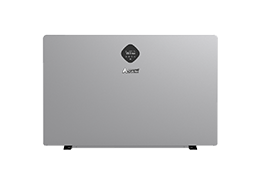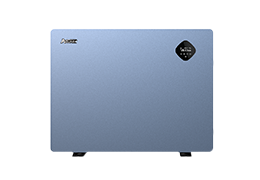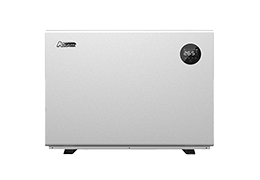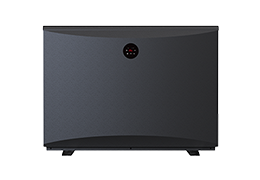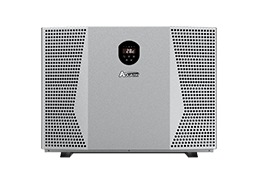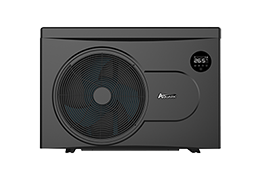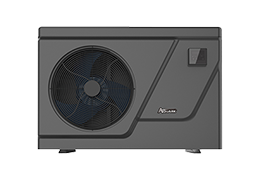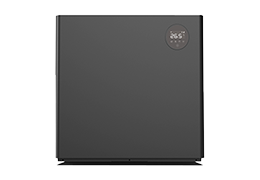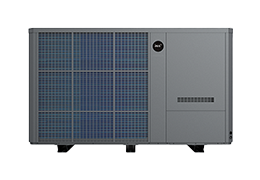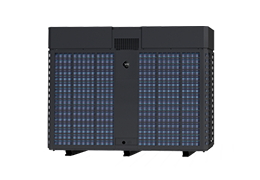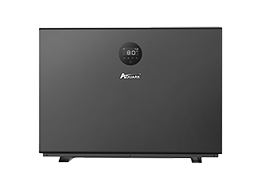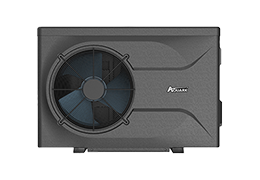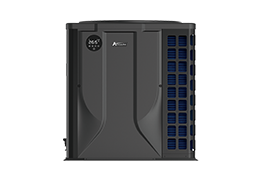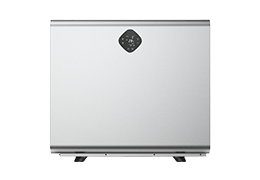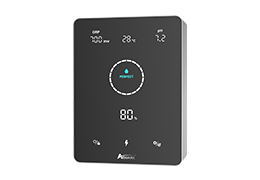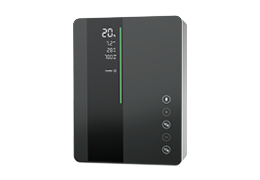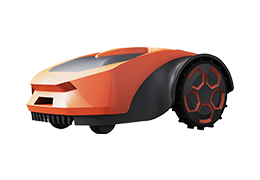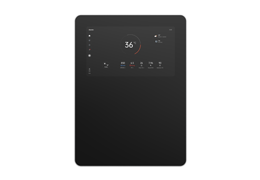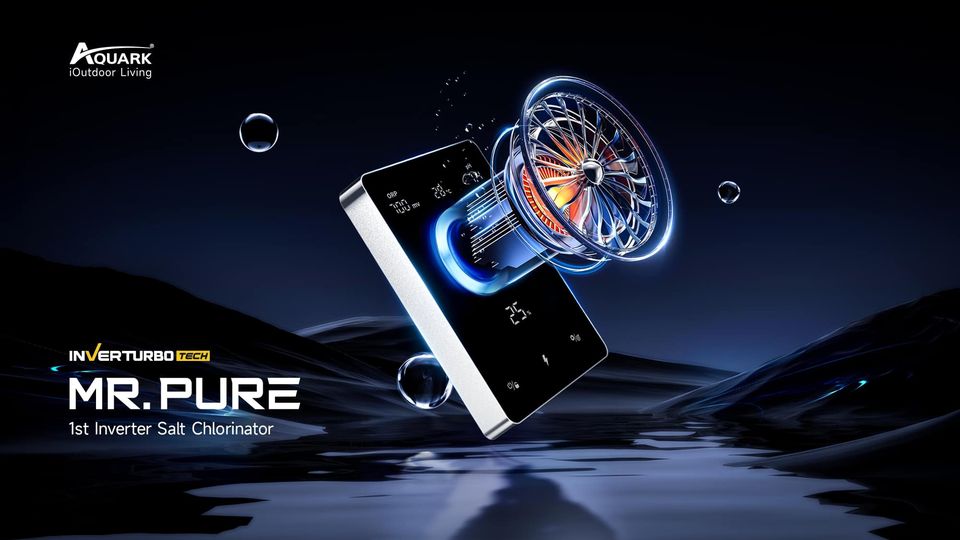Salt chlorinators are the primary method of salt pool sanitation. These machines generate free chlorine molecules from salt added to the pool water, killing unwanted bacteria and algae.
A quality salt chlorination system can save swimming pool owners a lot of time and help them manage their pools more efficiently. In most cases, the salt chlorinator operates automatically, saving pool owners the hassle of measuring and adding chemicals.
However, how can you determine if your salt water chlorinator is working? In the article, we will give you some easy instructions to help you assess whether your salt chlorinator functions well.
How Do I Know If My Salt Chlorinator Is Working? – Check Two Things
When a saltwater chlorinator is not working well, it is not producing enough chlorine to meet the needs of the swimming pool. Therefore, check the chlorine and salt levels when you suspect any problem with the salt chlorinator.
1. Check the free chlorine level in your pool
The ideal free chlorine level in the swimming pool should be between 1 and 3 parts per million when your salt chlorinator is functioning properly and set up correctly.
Free chlorine is the quantity of chlorine available to sanitize the pool water. Lack of free chlorine in the water can cause bacteria and other dangerous microorganisms to build up, resulting in poor pool sanitation.
You can use a test kit to determine whether the free chlorine in your pool is up to par.
2. Check the salinity level in your pool
Your pool must have an adequate salt supply for the salt chlorinator to work effectively. The ideal salt level in a saltwater pool is usually 2,700-3,400 parts per million.
However, the recommended salinity level for your chlorinator may vary between pool salt chlorinator manufacturers. Before testing the salt level, find the recommended range in your salt chlorinator’s instruction manual.
Pool Chlorinator Salt Level Frequently Asked Questions
Different issues can arise if your pool has too much or too little salt. Two of the frequently asked questions are listed below.
FAQ#1: What happens if you put too much salt in your saltwater pool?
The truth is that excessive salt will not damage the salt chlorinator, but it will make the water taste salty. You can try draining some water and refilling the pool with fresh water to lower the salt level.
FAQ#2: Will the chlorinator work if salt is low?
In this case, the salt water chlorinator still produces chlorine, but a low salt level will reduce the efficiency of the pool chlorinator, resulting in low chlorine production. However, some new models of salt chlorinator are still productive even at low salinity. Mr. Pure, the inverter salt chlorinator developed by Aquark, is a good example. It can function at a salinity as low as 1g/L, with 60% performance compared to regular salt. When the salt level falls below 1500 parts per million, Mr. Pure will prompt to add salt, saving the pool owner a lot of hassle.
In sum, it is vital to maintain the salinity levels within the recommended range. However, not all pool owners have expertise in pool chemistry. That’s why we need intelligent helpers like Mr. Pure inverter salt chlorinator from Aquark. Mr. Pure is one of the best salt chlorinators on the market and the slimmest salt chlorinator in the industry. Featuring a full-touch pad controller, the touchpad on Mr. Pure integrates a visual water quality display, pH regulator, and precision sensing probes. The inverter control system of Mr. Pure applies the self-developed PID algorithm that seamlessly adjusts chlorine production based on real-time demand to produce the purest water with the least amount of free chlorine. Mr. Pure can actively run in turbo mode from 0% to 130% when it detects a shortage of free chlorine. That is all thanks to Aquark’s self-developed InverTurbo technology, which allows it to speed up or slow down the production rate depending on the demand for new chlorine, treating water in the most streamlined way and in the fastest time possible. Even at salinities as low as 1g/L, Mr. Pure still can fulfill its role and help users solve problems effectively with its advantageous chlorine production capacity.
Contact experts at Aquark for more information about products of inverter salt chlorination solution.


